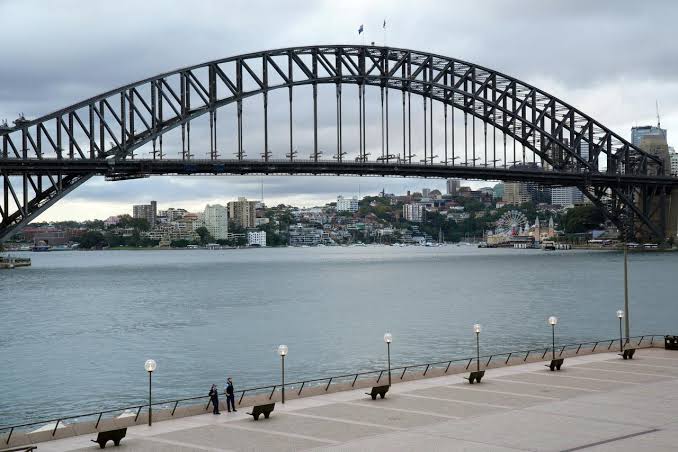Australia’s jobless rate is forecast to spike to the highest level in a quarter of a century because of the coronavirus pandemic, but officials said on Tuesday it was still too soon to let up on social restrictions that are curbing economic growth.
SEE ALSO: Belgium Confirms Case of COVID-19 Transmission from Human to Cat
Australia has reported a sustained decrease in the rate of new daily coronavirus cases in recent weeks, effectively “flattening the curve” on infections and spurring hope that some of the blocks on public movement might be lifted.
However, Deputy Chief Medical Officer Paul Kelly said officials were still looking at a six month timeframe, ending around September, to maintain rules that have closed businesses across a wide spectrum.
Public meetings of more than two people have been banned and most Australians are required to stay at home unless they have a medical appointment, are going grocery shopping or taking exercise.
“This is not a sprint,” Kelly said in a televised briefing. “This is a marathon.”
Kelly added there could be some opportunity to rollback some of the restrictions before September, “but at the moment we have to stay at course … through the usual flu season and then maybe a time to reassess.”
Prime Minister Scott Morrison confirmed the government expects unemployment to double from the current 5.1% to 10% by the end of June, which would mark the first time it has hit double digits since 1994. That rate is equivalent to around 1.4 million people without jobs, according to Treasury figures.
Unemployment would have peaked at around 15% without government support measures such as an A$130 billion ($83.11 billion) package to keep people in work, aid for universities, and free child care, Morrison said.
“We came into this crisis – which is a dual one, a health crisis and an economic crisis – in pretty strong shape,” Morrison said on Channel Nine’s Today show. “But it is still a big blow. I don’t want to lessen that in terms of how we speak of it. It’s a serious impact on our economy, it’s impacting people’s livelihoods and it’s heartbreaking.”
Treasurer Josh Frydenberg said more than 800,000 companies have registered their interest in the government aid.
New Zealand on Tuesday forecast its own unemployment rate to reach 26% if tough lockdown measures are extended beyond the planned initial month.
Australia’s national statistics office is due to report March jobless figures this week.
Australia has reported 6,366 confirmed COVID-19 cases and 61 deaths at a rate that has continued to slow, although officials cautioned that recent numbers may have been thinned out by lower testing over the four-day Easter holiday weekend.
Morrison said the government was making plans to help businesses restart when restrictions are lifting, looking first at supporting the construction, manufacturing and agriculture industries.
In the island state of Tasmania, police were investigating the cause of a cluster of infections that bumped up the state’s total by 50% to 150 over the Easter long weekend.
Australia’s Chief Medical Officer, Brendan Murphy, had linked the infections to an “illegal dinner party” of medical workers in a briefing with New Zealand officials, but later said contract tracing had not confirmed a link.
In Western Australia state, about 2,000 healthcare workers volunteered to take part in nationwide clinical trial to test whether an existing vaccine for tuberculosis could be used to boost immunity against COVID-19, the disease caused by the novel coronavirus.
The century-old vaccine has been shown to cut the incidence of respiratory infections, and is being tested to see if it could reduce the chance of COVID-19 infection, state officials said.

